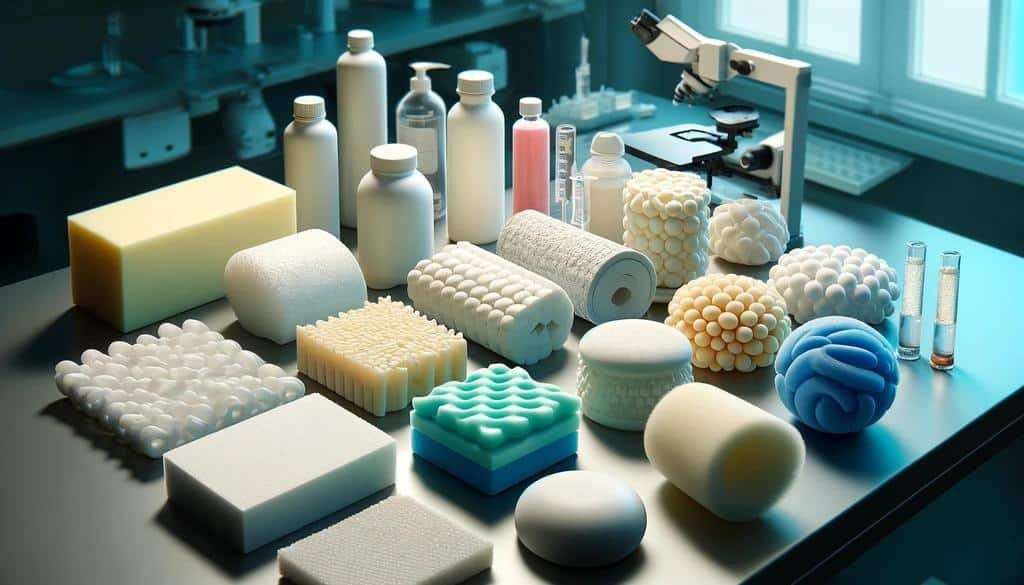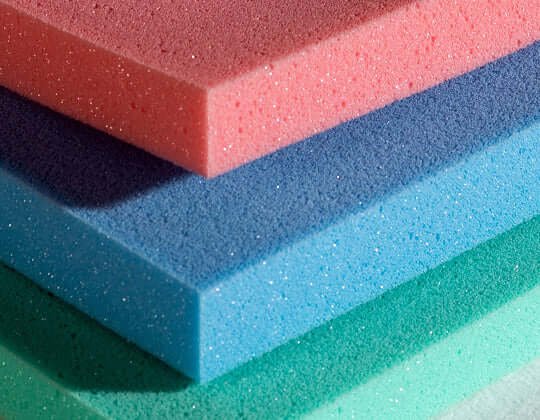While often seen as a simple material for cushions and mattresses, foam is a quiet powerhouse in the world of healthcare, doing big, life-improving work. Modern medical foams are a far cry from a basic sponge; they are precisely engineered to be skin-friendly, breathable, and antimicrobial, all while providing targeted support. From protecting fragile skin to cushioning prosthetics, foam technology is quietly but effectively transforming patient comfort, safety, and outcomes. This guide offers a clear, professional look at the latest innovations and explains why this seemingly simple material is so crucial to modern medicine.
1. Pressure-Relief Foams for Bedsore Prevention
These specialized foams are designed to protect vulnerable patients from pressure injuries, or bedsores.
- Zoned and high-resilience foams distribute weight more evenly to reduce pressure on heels, hips, and shoulders.
- Shear-reducing top layers allow slight surface glide so skin doesn’t rub and break down.
- Breathable, open-cell structures move heat and moisture away from the skin, lowering the risk of ulcers.
- Why it matters: Pressure injuries are painful, costly, and largely preventable with the right support surfaces.
2. Advanced Wound Dressings
Foam is a key component in modern wound care.
- Hydrocellular and polyurethane foam dressings absorb excess fluid while maintaining a moist wound environment—ideal for healing.
- Silicone-bordered foams stick gently, reducing trauma and pain during dressing changes.
- Antimicrobial additives (such as silver) help control bioburden in high-risk wounds.
- Why it matters: Faster healing, fewer infections, and less pain for patients.
3. Antimicrobial and Easy-Clean Surfaces
Hygiene is paramount in healthcare, and foam has evolved to meet the highest standards.
- Foams for wheelchair cushions, operating tables, and exam beds now use antimicrobial chemistries to inhibit microbial growth.
- Closed-cell and coated foams resist fluid penetration and withstand hospital-grade cleaning without degrading.
- Why it matters: Better hygiene with materials that survive frequent disinfection.
4. Smart, Sensor-Enabled Foam
Technology is being integrated directly into medical foam products.
- Pressure-sensing layers embedded in cushions and mattresses track load distribution in real time.
- Connected systems alert caregivers when it is time to reposition patients, reducing guesswork.
- Some prototypes pair sensors with micro-adjusting air or foam zones for dynamic support.
- Why it matters: Data-driven care that prevents injuries before they start.
5. Prosthetics and Orthotics: Precision Fit, All-Day Comfort
Medical foam ensures a better quality of life for users of prosthetic and orthotic devices.
- Heat-moldable foams allow clinicians to custom shape liners and sockets for prosthetic limbs.
- Multi-density builds provide soft cushioning against the skin with firmer layers for alignment and support.
- Antifriction and moisture-wicking foams reduce hotspots for braces, splints, and orthotics.
- Why it matters: Less chafing, better alignment, and more confidence in daily movement.
6. Surgical Positioning and Operating Room Support
Foam is essential for patient safety during long surgical procedures.
- High-spec foams maintain firmness under load, protecting nerves and bony prominences.
- X-ray and MRI compatible foams provide stable positioning without creating imaging artifacts.
- Non-slip, fluid-resistant covers keep pads safe and easy to clean.
- Why it matters: Fewer surgical positioning injuries and smoother imaging.
7. Respiratory and PPE Comfort Upgrades
Foam makes critical protective equipment more tolerable for long-term use.
- Softer, skin-safe foam seals in masks help reduce pressure marks and leaks.
- Breathable foam headbands and ear cushions improve comfort for extended wear.
- Hypoallergenic, low-odor formulas support sensitive skin.
- Why it matters: Better compliance and fewer skin issues for patients and clinicians.
8. Pediatric and Senior-Friendly Designs
Foam is a core component in creating safer, more dignified environments for vulnerable populations.
- Gentle, rounded, energy-absorbing foams are used for fall protection around beds and furniture.
- Lightweight wheelchair cushions with stable bases prevent sliding.
- Color-coded, easy-to-clean components encourage use and simplify care.
- Why it matters: Safety and dignity for those who need it most.
9. Materials That Manage Heat and Moisture
Advanced foam technology helps maintain skin health by controlling the microenvironment.
- Phase-change infused foams help regulate temperature at the skin contact layer.
- Perforated and channeled foams improve airflow in cushions and mattresses.
- Moisture-wicking covers paired with breathable foams reduce maceration risk.
- Why it matters: Cooler, drier skin is healthier skin.
10. Sustainability Without Sacrificing Safety
The healthcare industry is increasingly focused on sustainable practices.
- Lower-VOC formulations and foam chemistries that reduce harsh solvents.
- Longer-lasting foams cut waste and replacement costs.
- Recyclable components and modular designs extend product life.
- Why it matters: Cleaner materials for care environments and the planet.
Conclusion
Medical foam has moved far beyond basic padding. Today’s innovations blend smart design, cleaner materials, and even sensors to protect skin, enhance comfort, and support better outcomes. Whether preventing pressure injuries, stabilizing patients in surgery, or making prosthetics kinder to wear, advanced foams are quietly doing the hard work of healthcare—one comfortable, safer contact point at a time.


